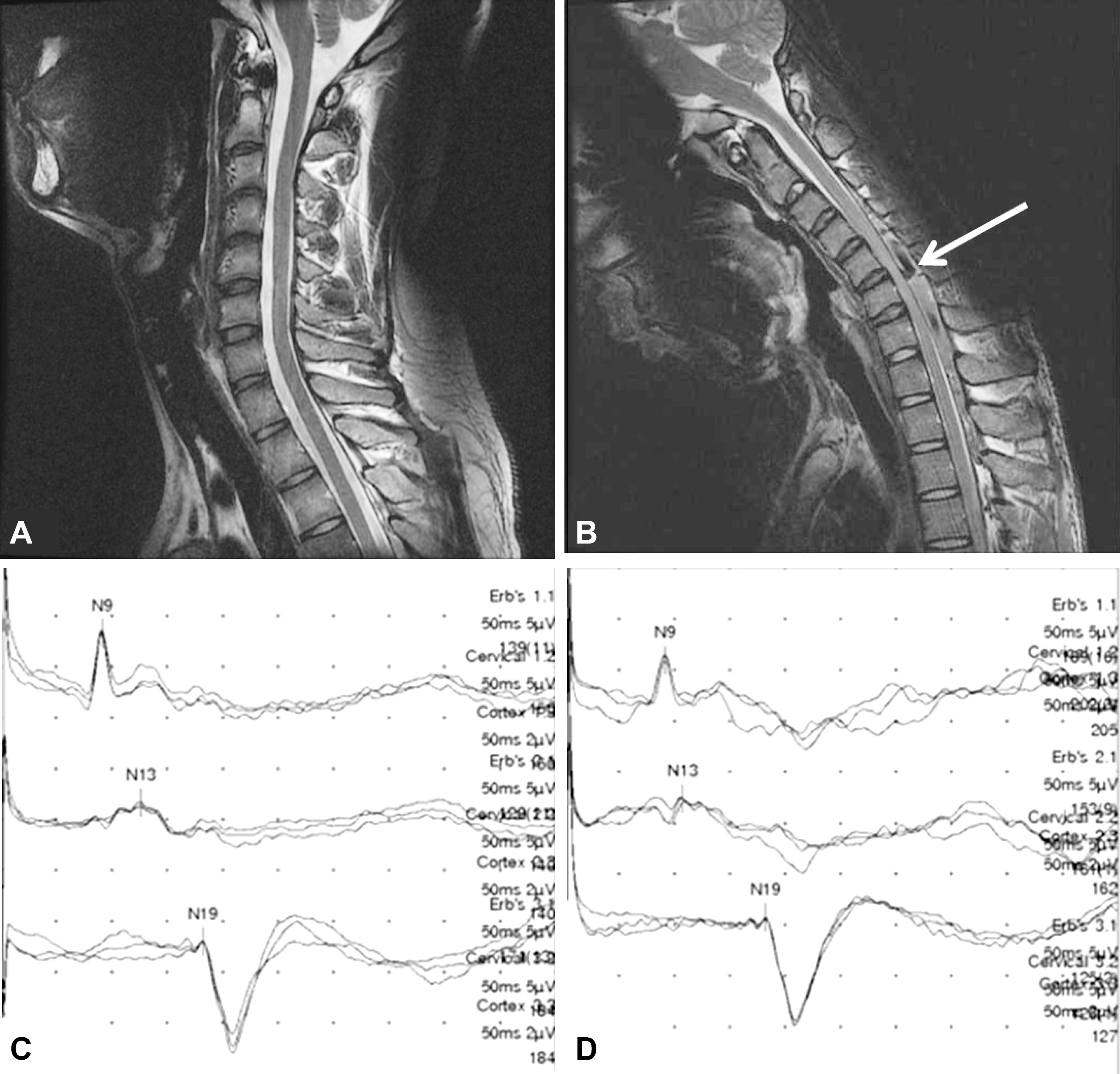Korean J Community Nutr.
2012 Feb;17(1):38-48. 10.5720/kjcn.2012.17.1.38.
A Comparison of Salty Taste Assessments and Dietary Attitudes and Dietary Behaviors Associated with High-Salt Diets in Four Regions in Korea
- Affiliations
-
- 1Department of Food Science and Nutrition, Kyungpook National University, Daegu, Korea. yklee@knu.ac.kr
- KMID: 2267384
- DOI: http://doi.org/10.5720/kjcn.2012.17.1.38
Abstract
- The purpose of this study was to compare regional differences in salty taste assessments, nutrition knowledge, dietary attitudes and dietary behaviors associated with high-salt diets in four national regions in Korea (Region 1: Seoul, Sokcho, Region 2: Buyeo, Jecheon, Gong Ju, Region 3: Daegu, Gyeongsan, Region 4: Jeon Ju). Subjects were 860 persons who participated in sodium reduction campaign. The result of the salty taste assessment by region was not significantly different. The nutrition knowledge score of subjects in Region 1 was the highest. Dietary attitude scores that showed preference for high-salt diets of Region 2 and Region 4 subjects were higher than those of Regions 1 and 3 subjects (p < 0.001). Dietary behavior scores were not significantly different among regions. The correlation between sodium intake and salty taste assessment was significant (p < 0.01). Older subjects who had high blood pressure levels and lower nutrition knowledge were more likely to have high sodium intakes. Even though the salty taste assessment and dietary behavior scores by region were not significantly different, the salty taste assessment scores had a significant negative correlation with nutrition knowledge and had a significant positive correlation with dietary attitude and dietary behavior in terms of preference for high-salt diets. Therefore, nationwide education regarding salt intake reduction and health and a campaign to encourage favorable attitudes and behavioral changes regarding consumption of a no-salt / low-salt diet is needed.
Figure
Cited by 3 articles
-
Salt Preference and Sodium Intake among Pregnant Women
Mi Jeung Im, Dong Sook Cho
Korean J Women Health Nurs. 2016;22(4):297-307. doi: 10.4069/kjwhn.2016.22.4.297.Analysis of presumed sodium intake of office workers using 24-hour urine analysis and correlation matrix between variables
Hyun-Hee Kim, Yeon-Kyung Lee
Korean J Nutr. 2013;46(1):26-33. doi: 10.4163/kjn.2013.46.1.26.Comparison of salty taste assessment, high-salt dietary attitude and high-salt dietary behavior by stage of behavior change among students in Daegu
Hye-Hyun Hwang, Eun-Kyung Shin, Hye-Jin Lee, Tae-Yoon Hwang, Young Ae Kim, Yeon-Kyung Lee
J Nutr Health. 2016;49(1):36-42. doi: 10.4163/jnh.2016.49.1.36.
Reference
-
1.Tashiro K., Kikuchi S., Itoyama Y., Tokumaru Y., Sobue G., Akiguchi I, et al. Nationwide survey of juvenile muscular atrophy of distal upper extremity (Hirayama disease) in Japan. Amyotroph Lateral Scler. 2006. 7:38–45.
Article2.Zhou B., Chen L., Fan D., Zhou D. Clinical features of Hirayama disease in mainland China. Amyotroph Lateral Scler. 2010. 11:133–139.
Article3.Sonwalkar HA., Shah RS., Khan FK., Gupta AK., Bodhey NK., Vottath S, et al. Imaging features in Hirayama disease. Neurol India. 2008. 56:22–26.
Article4.Hassan KM., Sahni H., Jha A. Clinical and radiological profile of hirayama disease: a flexion myelopathy due to tight cervical dural canal amenable to collar therapy. Ann Indian Acad Neurol. 2012. 15:106–112.
Article5.Yin B., Liu L., Geng DY. Features of Hirayama disease on fully flexed position cervical MRI. J Int Med Res. 2011. 39:222–228.
Article6.Finsterer J., Loscher W., Wanschitz J., Baumann M., Quasthoff S., Grisold W. Hirayama disease in Austria. Joint Bone Spine. 2013. 80:503–507.
Article7.Wang XN., Cui LY., Liu MS., Guan YZ., Li BH., DU H. A Clinical neurophysiology study of Hirayama disease. Chin Med J (Engl). 2012. 125:1115–1120.
- Full Text Links
- Actions
-
Cited
- CITED
-
- Close
- Share
- Similar articles
-
- Correlations Among Threshold and Assessment for Salty Taste and High-salt Dietary Behavior by Age
- Comparison of Salty Taste Assessment and High-Salt Dietary Behaviors among University Students and Chinese Students in Daegu, South Korea and University Students in Shenyang, China
- Comparison of salty taste assessment, high-salt dietary attitude and high-salt dietary behavior by stage of behavior change among students in Daegu
- A Comparison of Salty Taste Assessment, Dietary Attitude and Dietary Behavior among Adult and Senior Women by Region and by Age in Korea
- Association between Salty Taste Preference and Dietary Behaviors Related to Sugar Intake among Adults


